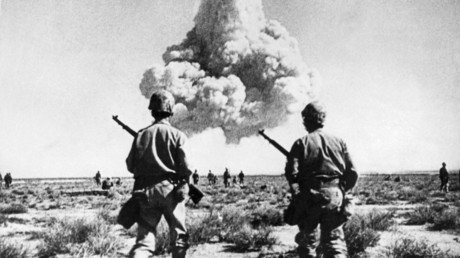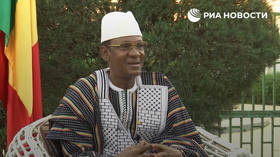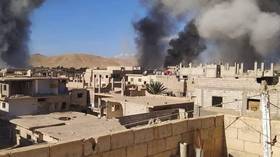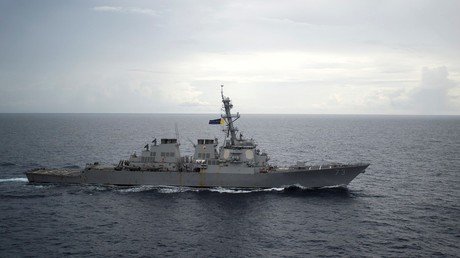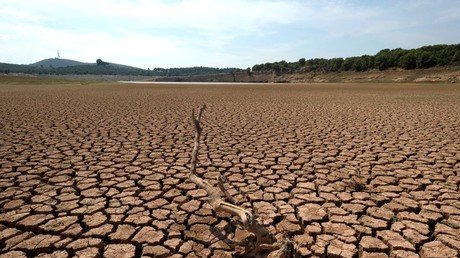US general made preparations behind president’s back to nuke Vietnam, declassified memo shows
The commander of US forces in Vietnam had devised a secret plan to use nuclear warheads against the communist North during the Vietnam War, before President Johnson halted the ongoing preparations, declassified documents reveal.
General William Westmoreland, who commanded American military operations in the Vietnam War from 1964 to 1968 had authorized a nuclear weapons transfer to the Southeast Asian nation, before national security advisor, Walt W. Rostow, notified the White House, prompting President Lyndon Johnson to immediately cancel the secret deployment of weapons, which could have sparked World War III, the New York Times reports, citing declassified documents.
Finding themselves in a stalemate against the North Vietnamese Army (NVA) in the middle of the months-long Battle of Khe Sanh, Gen. Westmoreland devised a contingency scheme to use nuclear weapons should US forces be overrun by their enemy. The secret plan codenamed Fracture Jaw required the US nukes to get transferred from Okinawa, Japan to South Vietnam by the US Pacific command, under the leadership of Admiral Ulysses Simpson Grant Sharp Jr. The secretly planned operation was to be set in motion under a memo sent by Westmoreland to Sharp on February 10, 1968.
Once President Johnson was alerted about the plan by his national security advisor Rostow through an “eyes only” memorandum to the president, he immediately put a halt to the operation.
“When [President Johnson] learned that the planning had been set in motion, he was extraordinarily upset and forcefully sent word through Rostow and, I think, directly to Westmoreland, to shut it down,” Tom Johnson, a special assistant to the president at the time, told the NYT. According to special assistant Johnson, despite pressing the US generals to win the Battle of Khe Sanh, the 36th President feared a “wider war” could break out with China should the conflict escalate further.
Once word of the scheme reached the White House, Admiral Sharp was immediately ordered to “discontinue all planning for Fracture Jaw,” declassified documents dated February 12, 1968 show. Sharp also ordered staff to “place all planning material, including messages and correspondence relating thereto, under positive security,” noting that information about the secret operation “must be airtight.”
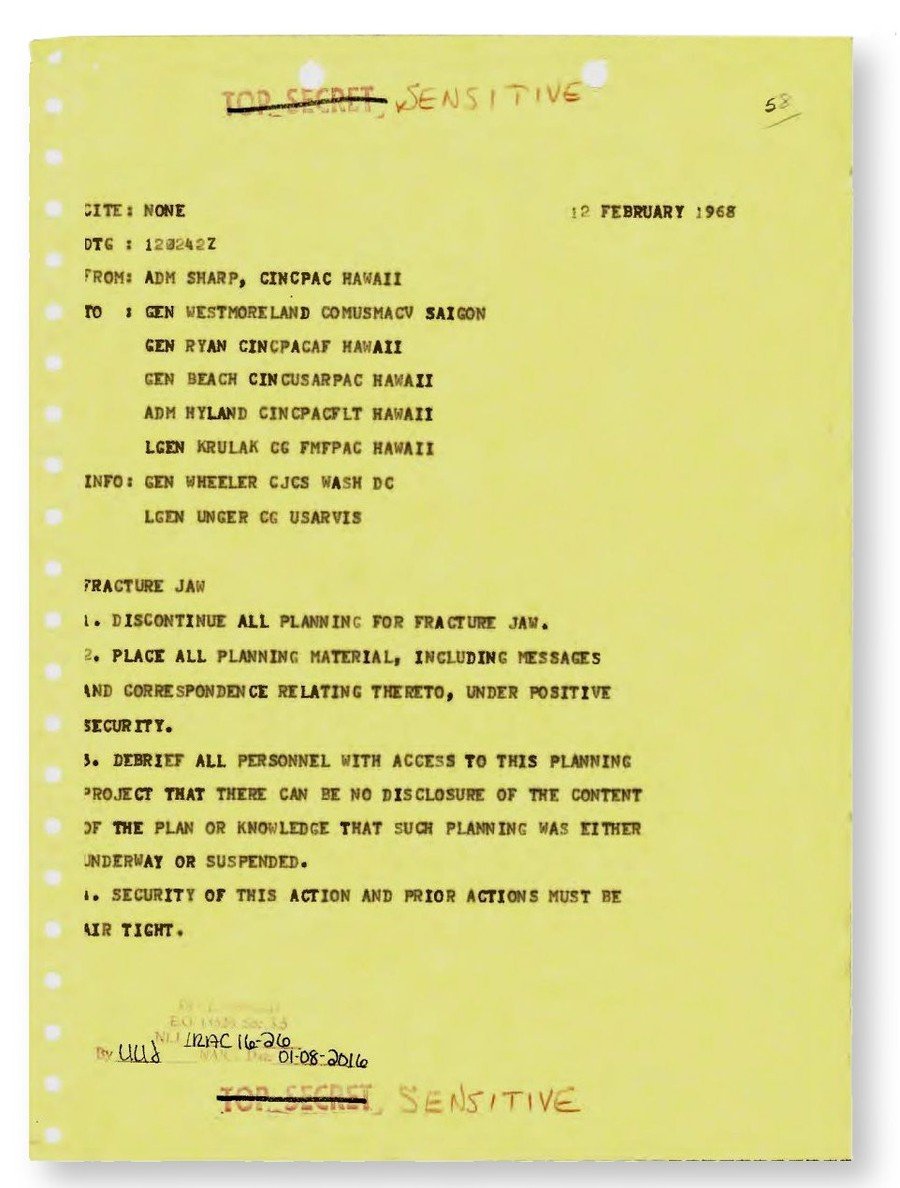
“Johnson never fully trusted his generals,” said the former assistant. “He had great admiration for General Westmoreland, but he didn't want his generals to run the war.”
The Battle of Khe Sanh, fought in northwestern Quảng Trị Province, was one of the epic clashes fought between the Americans and the North Vietnamese communist soldiers during the Vietnam War. At the start of the engagement on January 21 some 6,000 US Marines and South Vietnamese Army soldiers engaged around 20,000 men from the North Vietnamese Army (NVA). Up to 45,000 US soldiers and up to 100,000 North Vietnamese fighters would take part in the 77-day battle, in which both sides claimed victory.
If you like this story, share it with a friend!
